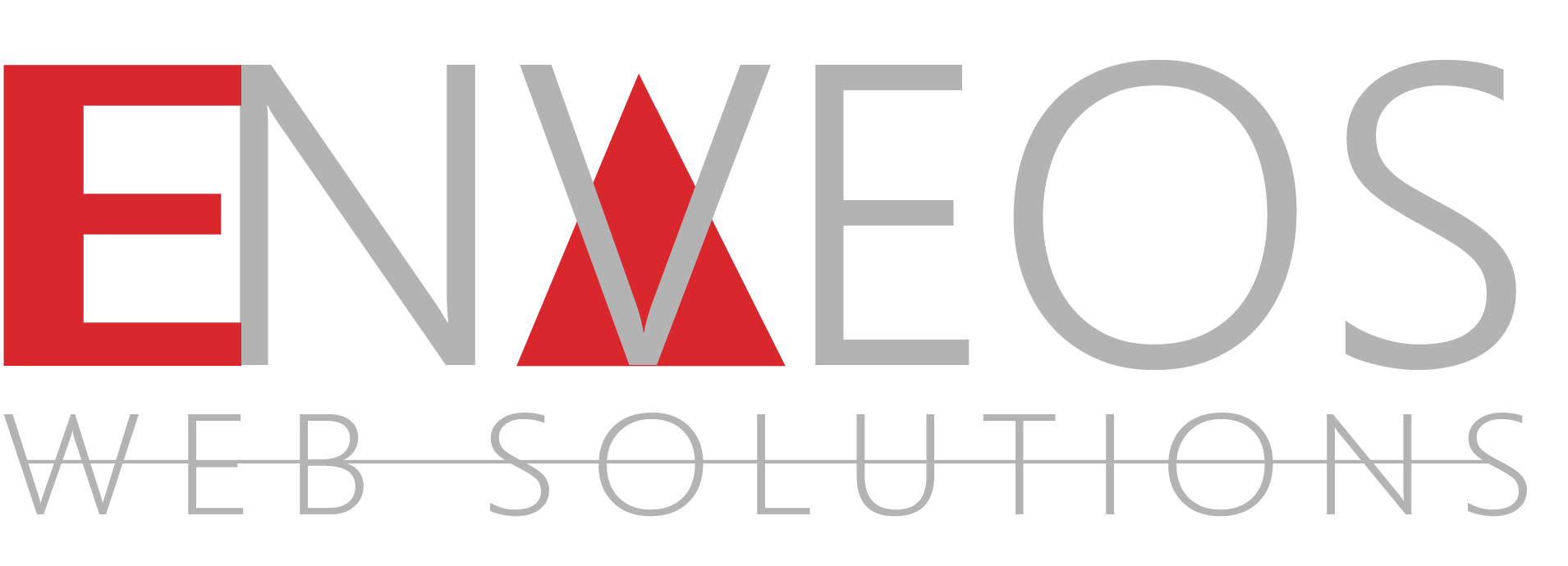Fonts are the cornerstone of any design project—whether you’re working on a website, a logo, marketing materials, or anything in between. They help define the personality of your brand and set the tone for your message. However, while many people focus on choosing the perfect typeface, few consider the legal aspect of using fonts—specifically, font licenses. Understanding font licenses is crucial for anyone working with fonts, as using them without the proper license can lead to legal and financial consequences.
In this blog, we’ll dive into what font licenses are, why they matter, and where to find legally safe fonts to use in your projects.
What Is a Font License?
A font license is a legal agreement that grants the purchaser or user permission to use a specific font under certain conditions. The license specifies where and how the font can be used—whether it’s for personal or commercial purposes, how many devices or users can access it, and whether you can modify or redistribute the font.
Fonts, like any other intellectual property, are protected by copyright laws. When you purchase or download a font, you’re not actually buying the font itself. Instead, you’re purchasing the rights to use that font according to the terms set out by the font’s creator or distributor. These terms can vary significantly depending on the license type.
Types of Font Licenses
1. Desktop License
A desktop license allows you to install the font on your computer and use it for creating physical products, like printed materials, and digital products, such as websites. This type of license is common for graphic designers and print shops. The license typically covers a specific number of computers or users, which means if you want to use the font across multiple devices or locations, you may need to purchase additional licenses.
2. Webfont License
If you’re using a font for a website, you’ll need a webfont license. This license allows you to embed the font on your website via CSS or other methods. A webfont license is usually priced based on the number of website visitors (page views) per month or a flat fee, depending on the provider. Some services, such as Google Fonts or Adobe Fonts, offer subscription-based models that provide access to webfonts.
3. App License
An app license is required if you intend to use a font within a mobile or desktop application. This license allows you to embed the font directly into the app, ensuring that users of the app can see the font as intended. Like webfont licenses, app licenses may be priced based on the number of app downloads or users.
4. Ebook License
An ebook license is specific to using fonts in digital books and publications. It permits the font to be embedded in ebook files, allowing it to be displayed correctly on e-readers and other devices. This type of license is often required when self-publishing or distributing an ebook that will be read on platforms like Amazon Kindle or Apple Books.
5. Server License
If you’re running a service or product that involves generating content for multiple users (e.g., a printing service, online design tool, or document generation software), a server license might be necessary. This license allows the font to be stored on a server and accessed by multiple users in real-time.
6. Extended License
An extended license typically grants broader usage rights, such as permission to modify, redistribute, or use the font in large-scale commercial projects. Extended licenses are often purchased for high-visibility projects, like branding campaigns or major advertising efforts.
Why Do You Need a Font License?
Using fonts without the proper license may seem like a harmless oversight, but it can lead to significant legal trouble. Here’s why font licenses are crucial:
1. Legal Protection
Fonts are intellectual property, and their creators or distributors have the right to control how they’re used. If you use a font without a license, you may be violating copyright laws. In the worst case, you could face legal action, resulting in fines, penalties, or a demand to cease using the font. Having the proper license gives you legal protection and peace of mind.
2. Ensures Fair Compensation for Creators
Font designers put a lot of time and effort into creating unique typefaces, and licensing ensures that they are compensated fairly for their work. By paying for a font license, you’re supporting the creative community and ensuring the continued development of high-quality fonts.
3. Avoids Risk of Font Removal
Many font providers, especially those used for websites, can revoke font access if you don’t have the correct license. This means your website or app could suddenly display incorrect or broken text, harming your user experience and brand image. A proper license ensures that your fonts will be available and functional as long as you need them.
4. Compliance with Industry Standards
Certain industries, such as publishing, design, and advertising, require compliance with intellectual property laws. Using unlicensed fonts could damage your reputation or even make your project non-compliant with legal regulations, leading to potential business risks.
Where to Find Legally Safe Fonts
Now that you understand why font licenses matter, let’s take a look at some popular and trusted sources for obtaining fonts that come with clear, legally safe licenses.
1. Google Fonts
Google Fonts offers a vast selection of fonts that are free to use for both personal and commercial projects. All fonts on Google Fonts come with an open-source license, meaning you can use them without restrictions. Google Fonts is one of the most popular and trusted sources for webfonts, offering over 1,000 fonts in various styles.
2. Adobe Fonts
Adobe Fonts (formerly Typekit) is another top-rated font source, particularly for creatives using Adobe products. With an Adobe Creative Cloud subscription, you can access a large library of high-quality fonts for desktop and web use. Adobe Fonts offers seamless integration with Adobe software and clear licensing for commercial projects.
3. MyFonts
MyFonts is one of the largest and most diverse font marketplaces online, offering both free and paid fonts with a variety of licensing options. Whether you’re looking for desktop fonts, webfonts, or custom typefaces, MyFonts has a broad range of styles and comprehensive licensing terms.
4. Font Squirrel
Font Squirrel is a fantastic resource for free fonts that are 100% legal for commercial use. They provide an easy-to-navigate interface that filters fonts based on license type, ensuring that you can find fonts that match your project needs. Additionally, Font Squirrel offers a webfont generator, which helps you convert fonts you own into web-safe formats.
5. Creative Market
Creative Market is a marketplace for digital design assets, including fonts, graphics, templates, and more. Font designers sell their creations directly to consumers, with a variety of licensing options, including extended licenses. Creative Market is an excellent choice if you’re looking for unique, high-quality fonts for a range of creative projects.
6. Fontspring
Fontspring is a font retailer that focuses on clear, transparent licensing for fonts. All fonts on Fontspring are clearly labeled with licensing information, making it easy to understand what you’re purchasing. Fontspring’s “Fontspring Webfont Generator” is a great tool for embedding fonts in websites legally.
Understanding font licenses is essential for anyone working in design, whether you’re creating a website, an app, or printed marketing materials. A proper font license not only protects you legally but also supports the creators behind the fonts you use. Whether you’re purchasing fonts from platforms like Google Fonts, Adobe Fonts, or MyFonts, always ensure that you’re clear on the licensing terms before using the font in your project. Doing so will help you avoid unnecessary legal complications and ensure that your creative work remains above board.
By understanding and respecting font licenses, you’ll not only stay compliant with copyright laws, but you’ll also be supporting the talented designers who create the fonts that make your projects stand out. Happy designing!




